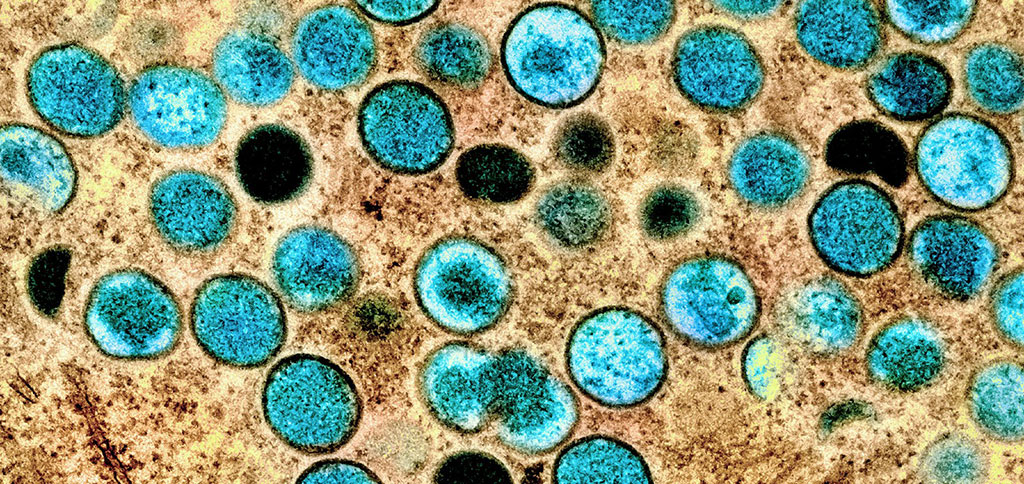Monkeypox Virus Can Be Detected in Saliva, Semen and Other Clinical Samples
Posted on 15 Jul 2022
The current monkeypox outbreak represents another zoonotic disease that has crossed borders. In the last six months, more than 9000 cases of monkeypox have been reported worldwide in countries where the disease is not endemic. Initial cases were detected in Britain, Portugal and Spain, mainly in men who have sex with men. However, the disease has spread to many other countries and there is concern that it may spread to vulnerable populations, such as immunocompromised patients or children. The disease is known to be transmitted by direct contact with the lesions of an infected patient or by surfaces contaminated by these lesions, but little is known about the possible presence of virus in other biological samples, such as saliva, urine or semen. Now, a new study has confirmed that viral DNA can be frequently detected in different clinical samples from monkeypox-infected patients, including saliva and semen.
In the study led by the Barcelona Institute for Global Health (ISGlobal; Barcelona, Spain), researchers investigated the presence of genetic material of the virus in different biological samples, collected at different times, from 12 patients with confirmed monkeypox infection. At the time of diagnosis, a high viral DNA load was detected in the skin lesions of all patients. In addition, DNA was detected in the saliva of all cases, some of them with high viral loads. Only one previous study had tested saliva, in one single patient. Viral DNA was also detected in rectal (11 of 12 patients), nasopharyngeal (10/12 patients), semen (7/9 patients), urine (9/12 patients) and fecal (8/12 patients) samples.

The study contributes to a better understanding of how this emerging disease is transmitted. The researchers have pointed out that the presence of viral DNA does not necessarily mean infectious virus, and that the next step will be to try to isolate infectious virus from such samples. However, the high viral load detected in saliva or semen suggests that such fluids have infectious potential, according to the researchers.
"A couple of previous studies had already shown occasional presence of viral DNA in some samples and in some patients, but here we show that viral DNA is frequently present in various biological fluids, particularly saliva, during the acute phase of the disease, and up to 16 days after the onset of symptoms in one patient," said Aida Peiró, first author of the study.
"The results of our study contribute to a better understanding of the mechanisms and dynamics of virus transmission, as well as the possible role of sexual transmission," concluded Mikel Martinez, ISGlobal researcher.
Related Links:
ISGlobal














